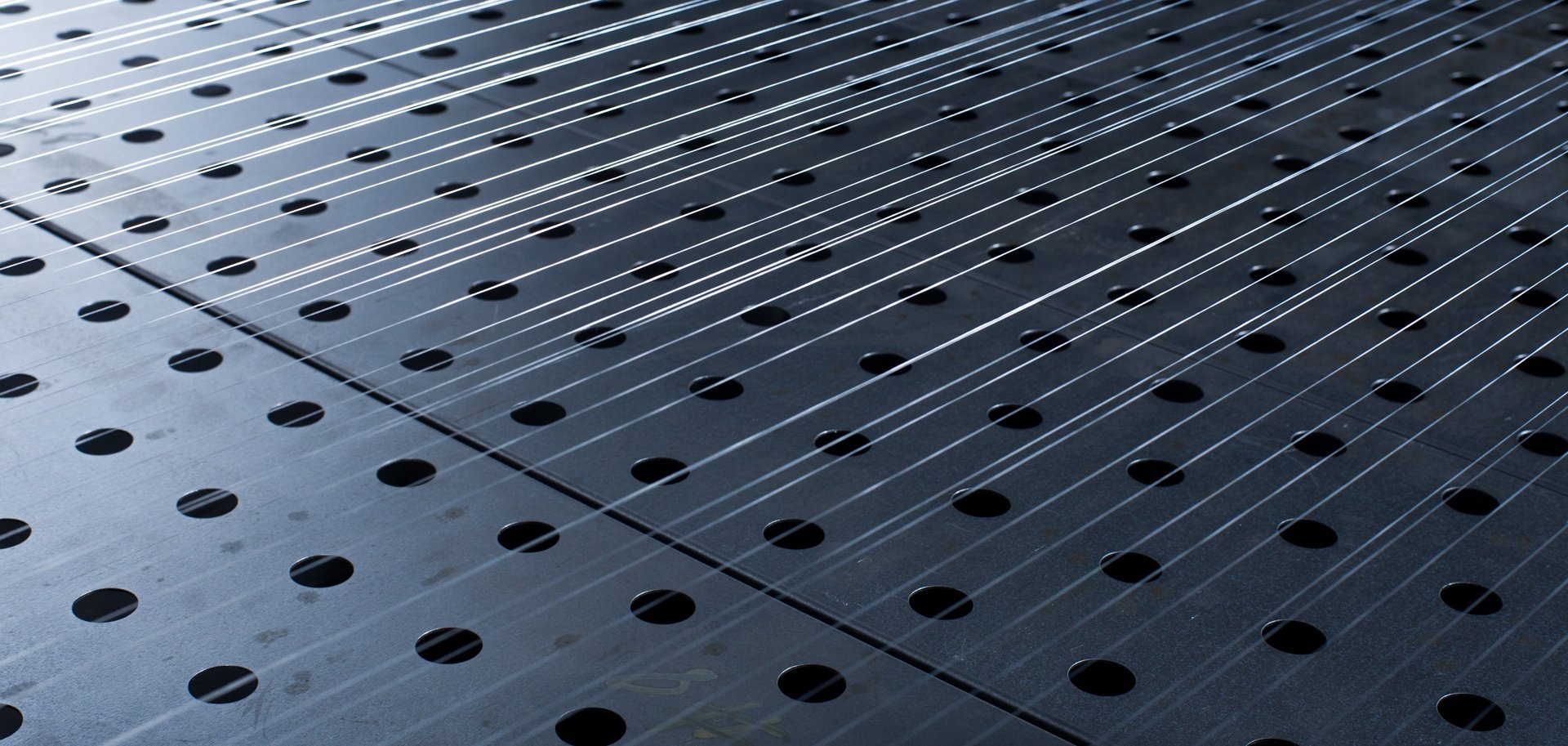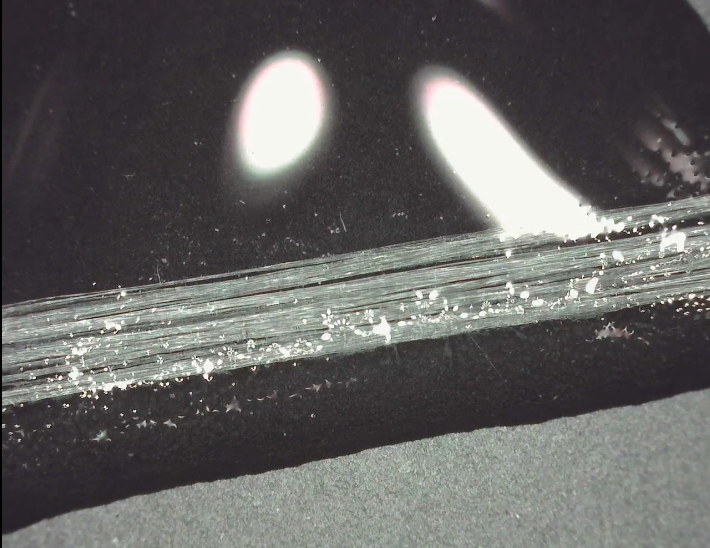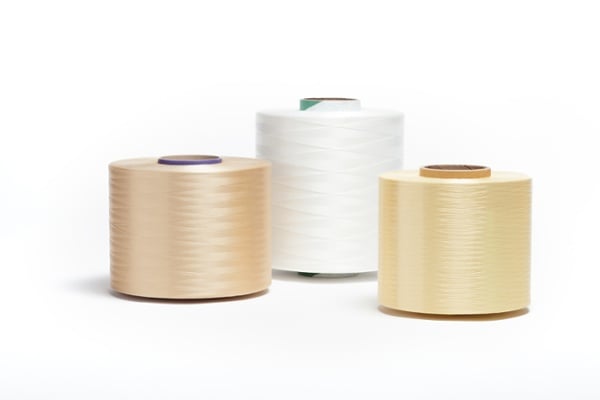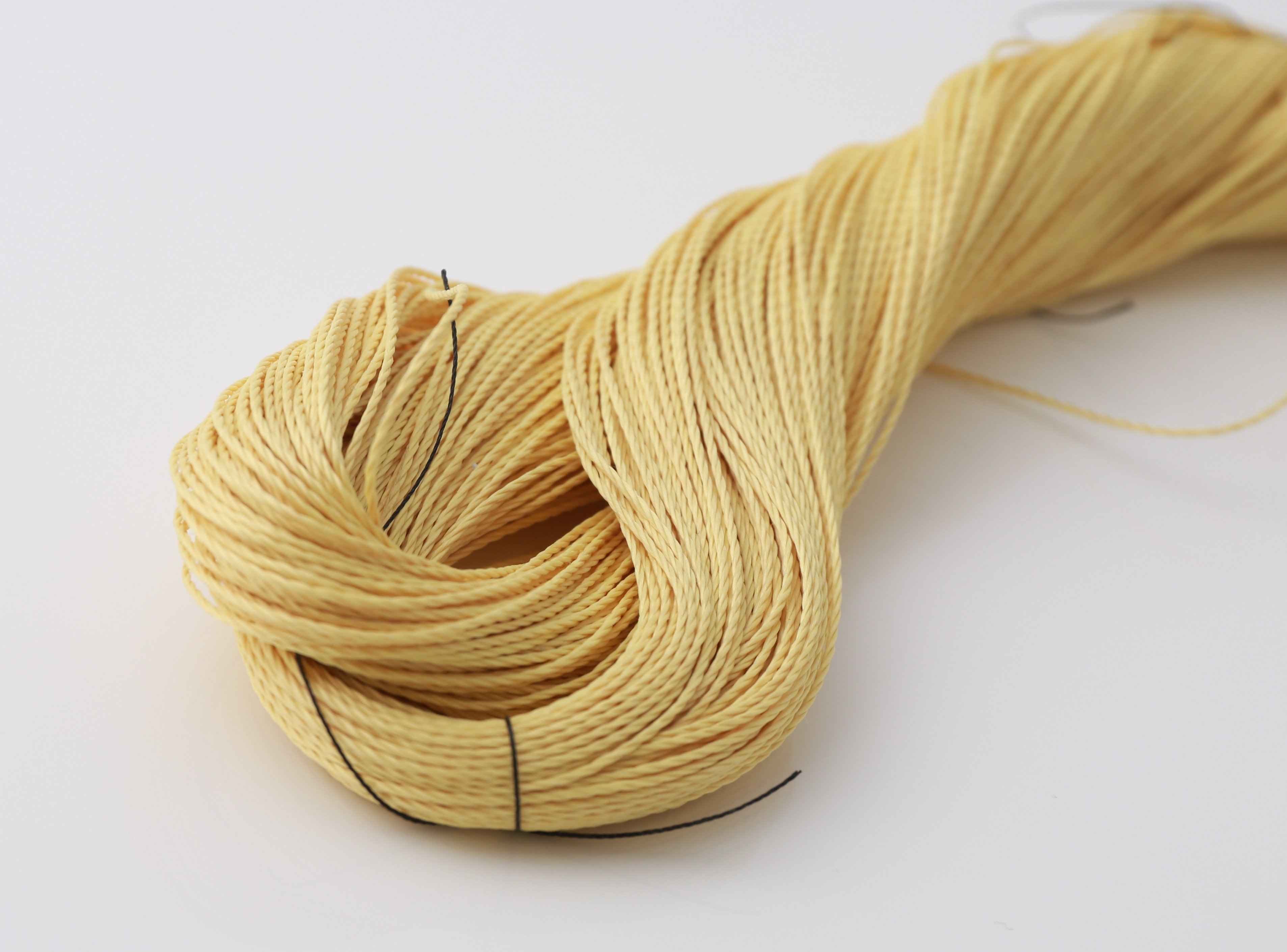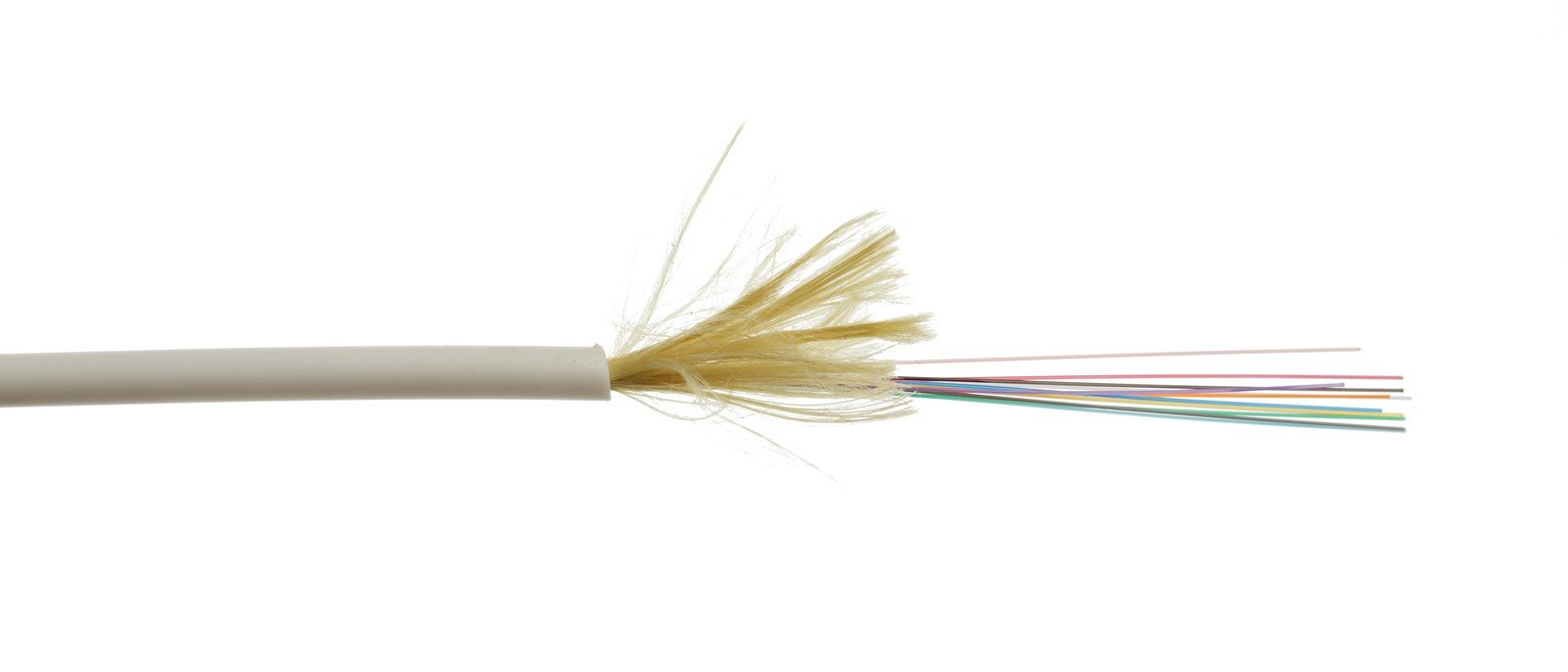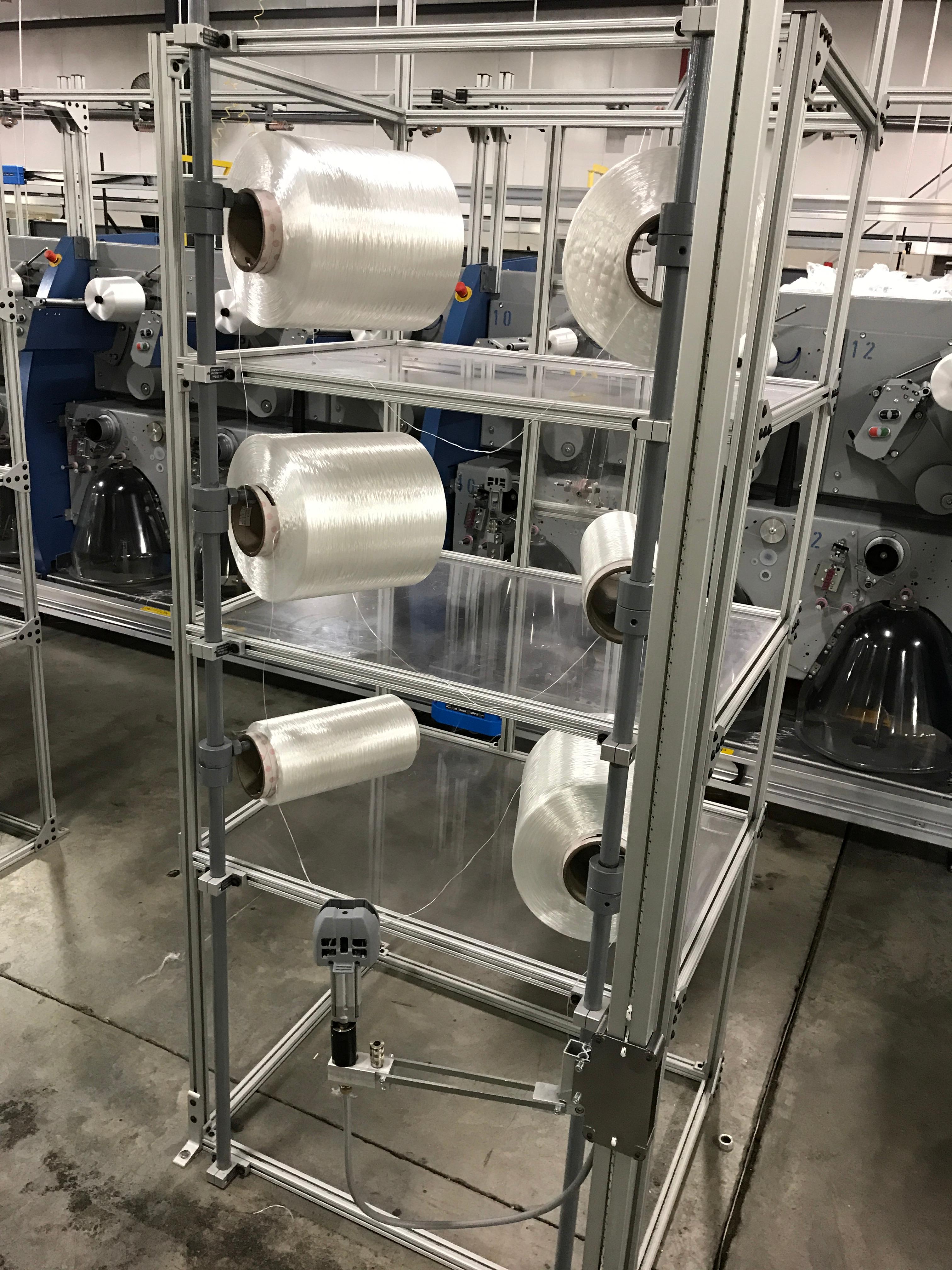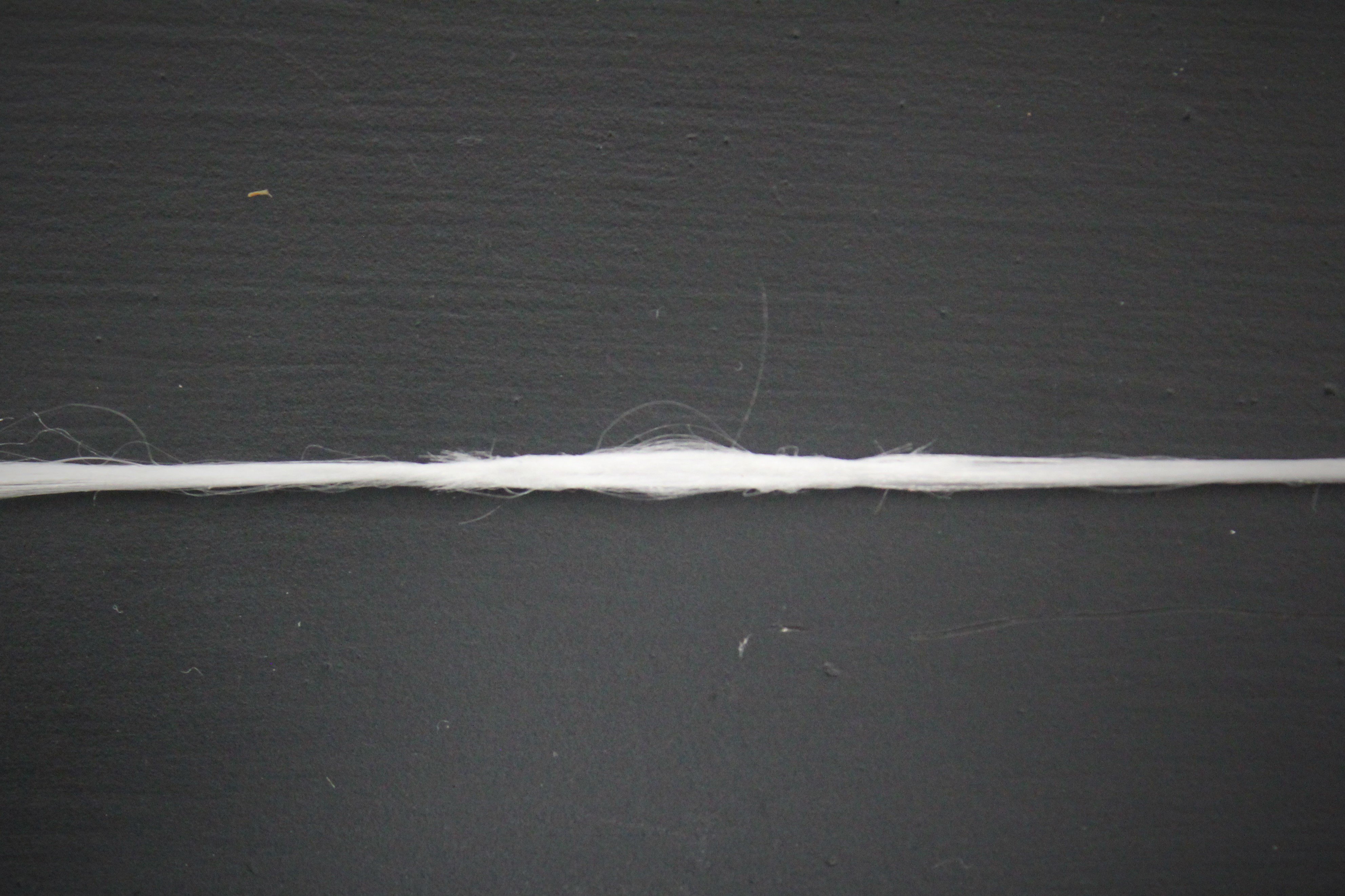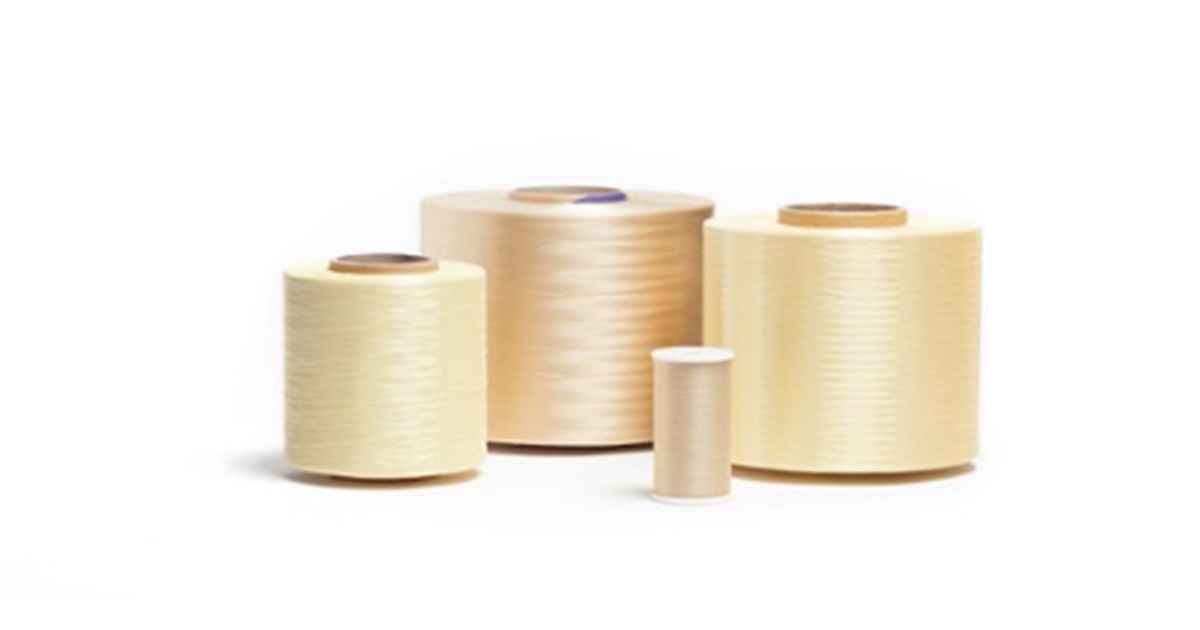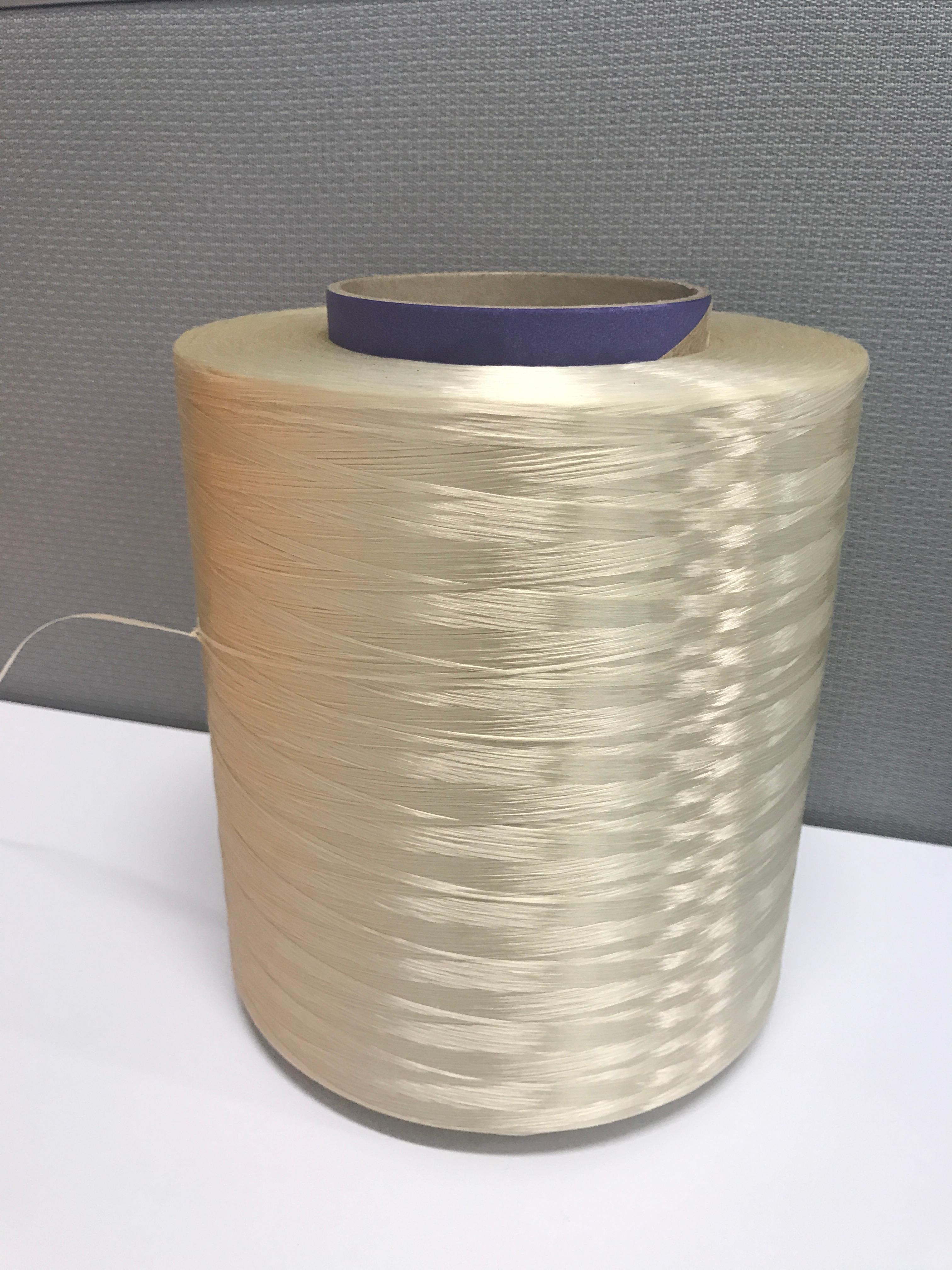As the textile industry faces rising scrutiny over chemical safety and environmental impact, one group of substances has come under particular fire: PFAS. Long valued for their ability to impart water- and stain-resistant properties, these “forever chemicals” are now being phased out across global markets. For manufacturers of high-performance yarns, this raises a critical challenge: how to maintain non-wicking functionality without PFAS.
Read morePFAS-Free Non-Wicking Yarn Treatments: A Safer Alternative for High-Performance Textiles
- By Steve Zande
- 06/27/25
- Wire and Cable, Wicking Test, Waterblocking, Industrial Yarn, Polyester
- 0 Comments
- By Jay Todd
- 02/02/25
- 0 Comments
- By Steve Zande
- 07/27/18
- 0 Comments
When you are searching for a fiber or yarn for specific application requirements, there are many options to choose from. Meta-aramid and para-aramid yarns and threads are two popular choices for heat resistance and superior tensile strength.
Read more- By Steve Zande
- 03/20/18
- 0 Comments
Aramid fiber is best known by the trademark name DuPont™ Kevlar® and offers many unique and beneficial properties. With aramid raw material costs between five and thirty times the cost of nylon or polyester, many manufacturers look for ways to save when aramids are required for their application. What seems on the surface like an easy question is a lot more complicated than you might think. So, what are some of the factors that contribute to the total cost of industrial aramid yarn or thread?
Read more- By Eric Shippee
- 02/28/18
- 2 Comments
Tenacity and modulus are important characteristics to understand as they relate to industrial thread and yarn – particularly for applications in the wire and cable industry. They differ from one another in that tenacity is the ratio of tensile strength to yarn size. Tenacity is calculated using the ultimate breaking force of the yarn (when a thread or yarn is stretched to its breaking point) and the linear density and can be used to compare dissimilar material or different sizes of material.
Read more- By Eric Shippee
- 02/09/18
- 0 Comments
A creel is simply a frame on which the feeding thread or yarn bobbin is fitted. Often, the creel is fitted with a yarn tensioning device which controls tension variation. Proper placement and stabilization of thread and yarn at the beginning of the product manufacturing process is critical. “Think of a creel as the foundation of a building,” states Neal Fournier, Facilities & Maintenance Manager with Service Thread. “It’s likely that process improvement starts after the yarn enters the production process; however, you will be surprised by the gains that can be made by taking a look at using a creel or refining your creel design.”
Read more- By Eric Shippee
- 01/26/18
- 0 Comments
The practice of joining industrial yarn ends (resulting from breaks, defects, or end of the supply), is a critical component to the product manufacturing process, particularly in industries such as wire and cable (integration of ripcords), hose reinforcement, belting and more. When using industrial yarn in the production process, it is essential that the joining method endures the process without interruption and does not have a negative effect on the quality of the end product.
Read more- By Eric Shippee
- 10/27/17
- 0 Comments
Both Vectran™ and Aramid yarns are known for being resilient materials used for specialized products. They each have varying degrees of creep resistance, abrasion resistance, high tensile strength, excellent flex/fold characteristics, long term dimensional stability and exceptional property retention at high temperatures. These yarns are extremely durable and often used to protect people and products.
Read more- By Steve Zande
- 09/26/17
- 2 Comments
Vectran™ is a manufactured fiber used to make specialty fabric and typically only those with a specific product application know much about it. This multifilament yarn is spun from a liquid crystal polymer (LCP) and is the only commercially available melt-spun LCP fiber in the world. Vectran™ fiber presents exceptional strength and rigidity because the material is five times stronger than steel and ten times stronger than aluminum. There are no real alternatives when it comes to working with Vectran™ as the qualities it brings to the table are distinctive and highly beneficial.
Read more- By Eric Shippee
- 09/07/17
- 0 Comments
When yarn used in a wire and cable application prevents access of water and moisture to the critical elements - it is considered to be waterblocking. This feature is also known as water swellable or water absorbent. There are also various treatments that can be applied to a yarn to enhance its waterblocking characteristics. The most important function is that the yarn absorbs or blocks water in a way that stops water from causing damage to your product.
Read morePFAS-Free Non-Wicking Yarn Treatments: A Safer Alternative for High-Performance Textiles
- By Steve Zande
- 06/27/25
- Wire and Cable, Wicking Test, Waterblocking, Industrial Yarn, Polyester
- 0 Comments
As the textile industry faces rising scrutiny over chemical safety and environmental impact, one group of substances has come under particular fire: PFAS. Long valued for their ability to impart water- and stain-resistant properties, these “forever chemicals” are now being phased out across global markets. For manufacturers of high-performance yarns, this raises a critical challenge: how to maintain non-wicking functionality without PFAS.
Read moreOlder Posts
When you are searching for a fiber or yarn for specific application requirements, there are many options to choose from. Meta-aramid and para-aramid yarns and threads are two popular choices for heat resistance and superior tensile strength.
Read moreAramid fiber is best known by the trademark name DuPont™ Kevlar® and offers many unique and beneficial properties. With aramid raw material costs between five and thirty times the cost of nylon or polyester, many manufacturers look for ways to save when aramids are required for their application. What seems on the surface like an easy question is a lot more complicated than you might think. So, what are some of the factors that contribute to the total cost of industrial aramid yarn or thread?
Read moreStandard Tenacity Yarn vs. High Modulus Aramid Yarn – Which Do You Need?
- By Eric Shippee
- 02/28/18
- 2 Comments
Tenacity and modulus are important characteristics to understand as they relate to industrial thread and yarn – particularly for applications in the wire and cable industry. They differ from one another in that tenacity is the ratio of tensile strength to yarn size. Tenacity is calculated using the ultimate breaking force of the yarn (when a thread or yarn is stretched to its breaking point) and the linear density and can be used to compare dissimilar material or different sizes of material.
Read moreA creel is simply a frame on which the feeding thread or yarn bobbin is fitted. Often, the creel is fitted with a yarn tensioning device which controls tension variation. Proper placement and stabilization of thread and yarn at the beginning of the product manufacturing process is critical. “Think of a creel as the foundation of a building,” states Neal Fournier, Facilities & Maintenance Manager with Service Thread. “It’s likely that process improvement starts after the yarn enters the production process; however, you will be surprised by the gains that can be made by taking a look at using a creel or refining your creel design.”
Read moreThe practice of joining industrial yarn ends (resulting from breaks, defects, or end of the supply), is a critical component to the product manufacturing process, particularly in industries such as wire and cable (integration of ripcords), hose reinforcement, belting and more. When using industrial yarn in the production process, it is essential that the joining method endures the process without interruption and does not have a negative effect on the quality of the end product.
Read moreVectran™ Vs. Aramid
- By Eric Shippee
- 10/27/17
- 0 Comments
Both Vectran™ and Aramid yarns are known for being resilient materials used for specialized products. They each have varying degrees of creep resistance, abrasion resistance, high tensile strength, excellent flex/fold characteristics, long term dimensional stability and exceptional property retention at high temperatures. These yarns are extremely durable and often used to protect people and products.
Read moreWhat is Vectran™?
- By Steve Zande
- 09/26/17
- 2 Comments
Vectran™ is a manufactured fiber used to make specialty fabric and typically only those with a specific product application know much about it. This multifilament yarn is spun from a liquid crystal polymer (LCP) and is the only commercially available melt-spun LCP fiber in the world. Vectran™ fiber presents exceptional strength and rigidity because the material is five times stronger than steel and ten times stronger than aluminum. There are no real alternatives when it comes to working with Vectran™ as the qualities it brings to the table are distinctive and highly beneficial.
Read moreWhen yarn used in a wire and cable application prevents access of water and moisture to the critical elements - it is considered to be waterblocking. This feature is also known as water swellable or water absorbent. There are also various treatments that can be applied to a yarn to enhance its waterblocking characteristics. The most important function is that the yarn absorbs or blocks water in a way that stops water from causing damage to your product.
Read more

